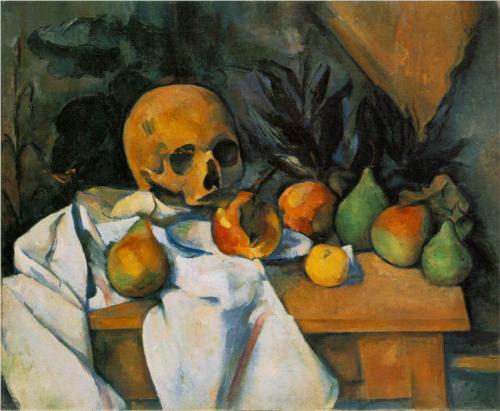All CLEP Humanities Resources
Example Questions
Example Question #482 : Ap Art History

The above image is a woodblock print, meaning it __________.
can only be shown in a large format
cannot be moved from the place it was first drawn
can be easily replicated in the same form
can have its colors easily changed
can be enlarged and miniaturized easily
can be easily replicated in the same form
The woodblock format, popular throughout Asia, is an artistic format that is produced by having a large piece of wood cut into and dyed by the artist. Thereafter, this woodblock can be printed onto canvas or paper, making it extremely easy to duplicate the work of art again and again.
Example Question #1 : Analyzing The Form Of Nineteenth Century 2 D Visual Art

The composition above is a painting in the genre of __________.
history painting
still life
portrait
landscape
nude
still life
The painter of this work, Paul Cézanne, was particularly noted for his still lifes. The one in this question, "Still Life with Skull," was painted in 1898 and is particularly notable for the inclusion of a skull, a notable feature of Cezanne's later work from the 1890s on. Cézanne's use of broad brushstrokes, layered color, and different perspectives helped create a bridge from impressionism to modern art movements like cubism.
All CLEP Humanities Resources



